How Are Wetsuits Made? Here’s the Inside Scoop
Lauren Collison April 20th, 2017 Posted In: Articles, FAQs
In this installment of our Wetsuit FAQ series, we talked to Henderson Wetsuits very own Nick Lassor, the Director of Marketing and Product Development, to answer the commonly asked question, “how are wetsuits made?”
First things first, tell us about yourself.
I have been working with Henderson Sport Group for 5 ½ years. My focus initially was on building the STORMR brand. I have since taken over as Director of Marketing and Product Development for all brands under HSG. I grew up and still live in Cape May County, NJ, a mile or so from the Atlantic Ocean. I’ve been surfing and using wetsuits the majority of my life. Seeing my kids grow up and use some of the products I’ve designed is truly surreal.
So, how are wetsuits made?
MATERIALS: Wetsuits are made with neoprene, a synthetic rubber. The rubber is formed into “Buns” and sliced into sheets. The rubber sheets are then laminated to various fabrics. There are many different types of neoprene which are produced for various uses and price-specific situations. For example, surf wetsuits are used on the surface of the water and need to be lightweight and stretchy. This means that the neoprene must have enough stretch so surfers can move freely while wearing the suit. The materials laminated to the neoprene must stretch enough to be comfortable and dry quickly for multiple sessions per day. Where dive wetsuits are used under the surface of the water and must be able to hold their thickness (not significantly compress with the water pressure) over the extended life of the wetsuit. One of the most important aspects of any wetsuit is the thickness, which ranges from 1.5mm all the way to 7mm. The thicker the neoprene is, the warmer the wetsuit will be.
CONSTRUCTION: Once the neoprene, laminated fabrics, and thickness is chosen, the construction of the wetsuit, including patterning, seams and other features, are decided. The pattern, which includes fit, zipper placement, reinforced areas, ankle and wrist cuff closure systems, etc., are all designed with comfort and durability in mind. The most popular seam constructions are GBS and Flatlock. Glued & Blind Stitched (GBS) seams are first glued together down the raw edge of each pattern piece then are stitched using a very specific sewing machine that only stitches about halfway through the neoprene and does not puncture through the whole suit. This helps create a more watertight seam. Some of our higher end wetsuits are double blind stitched (internally and externally stitched) and have an added liquid tape to the external seam which protects and fills any potential leaking points on the seams. Flatlock seams are mainly used for price point, rental and warm water wetsuits (3mm, 2mm & 1.5mm). Flatlock seams are very durable but are not watertight.
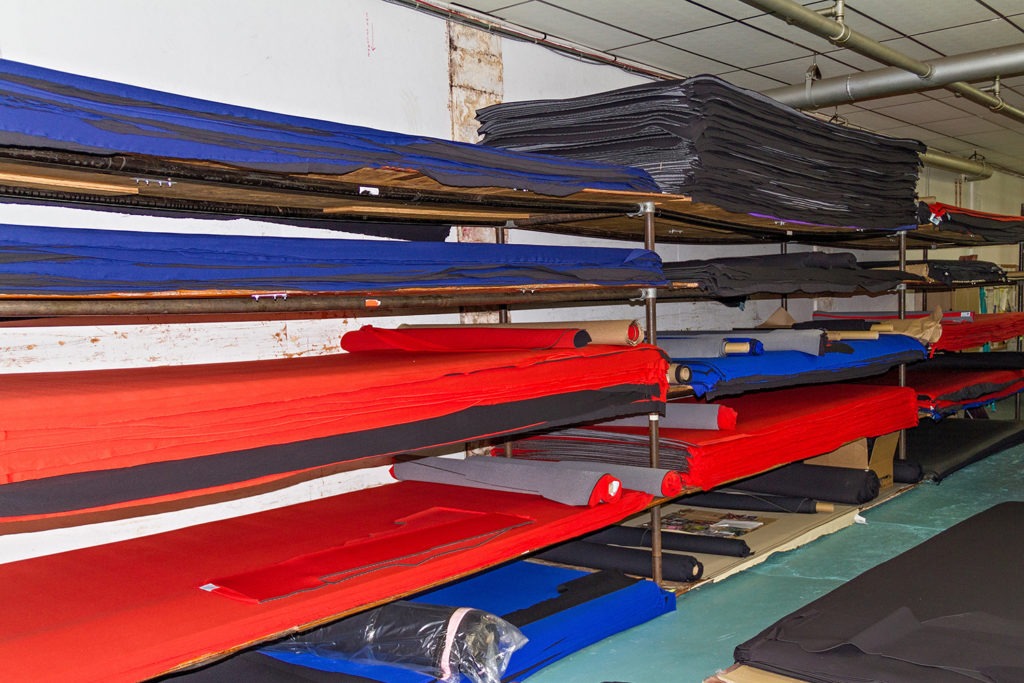
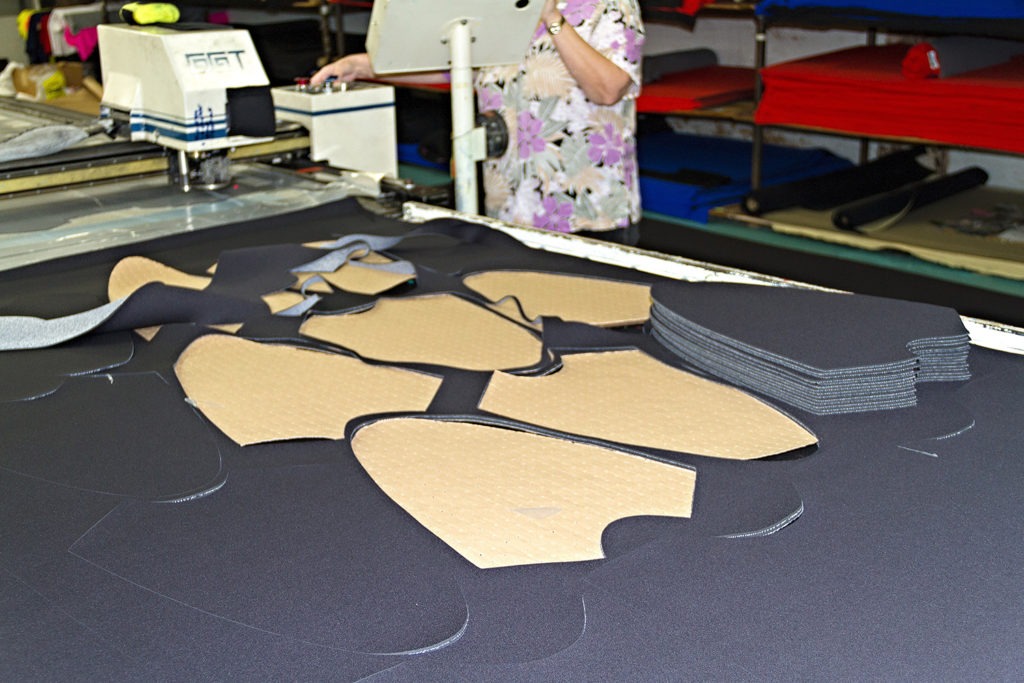
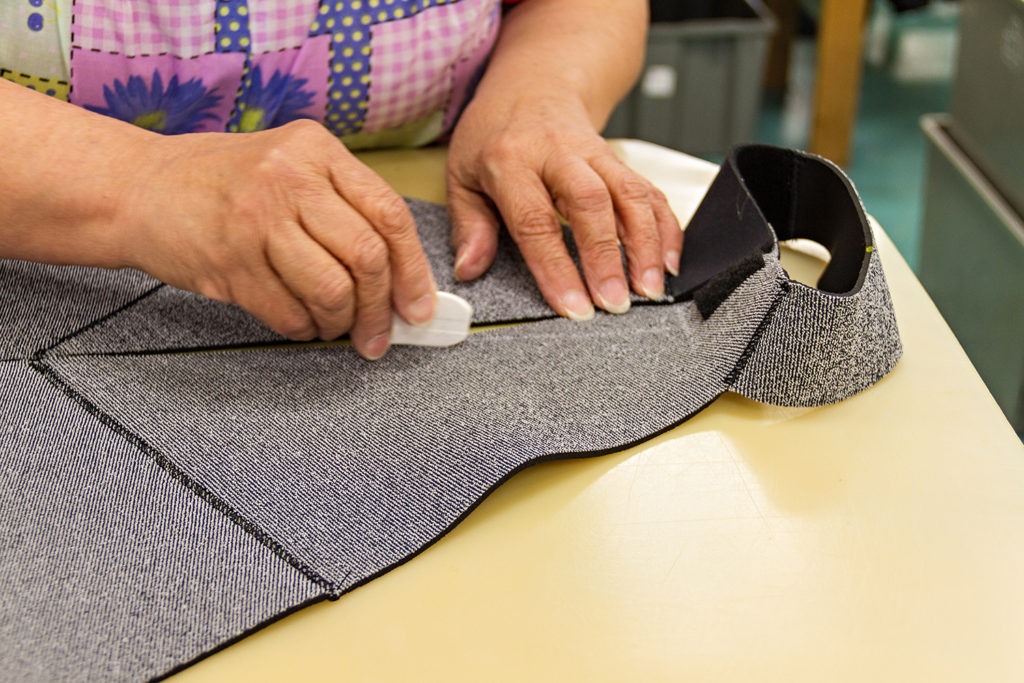
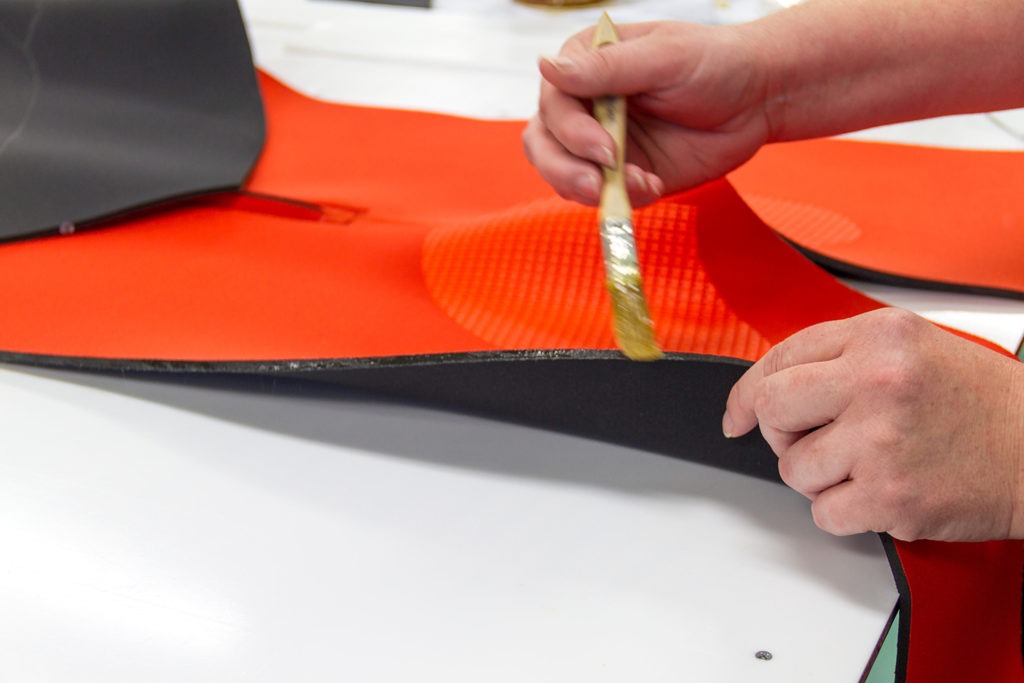
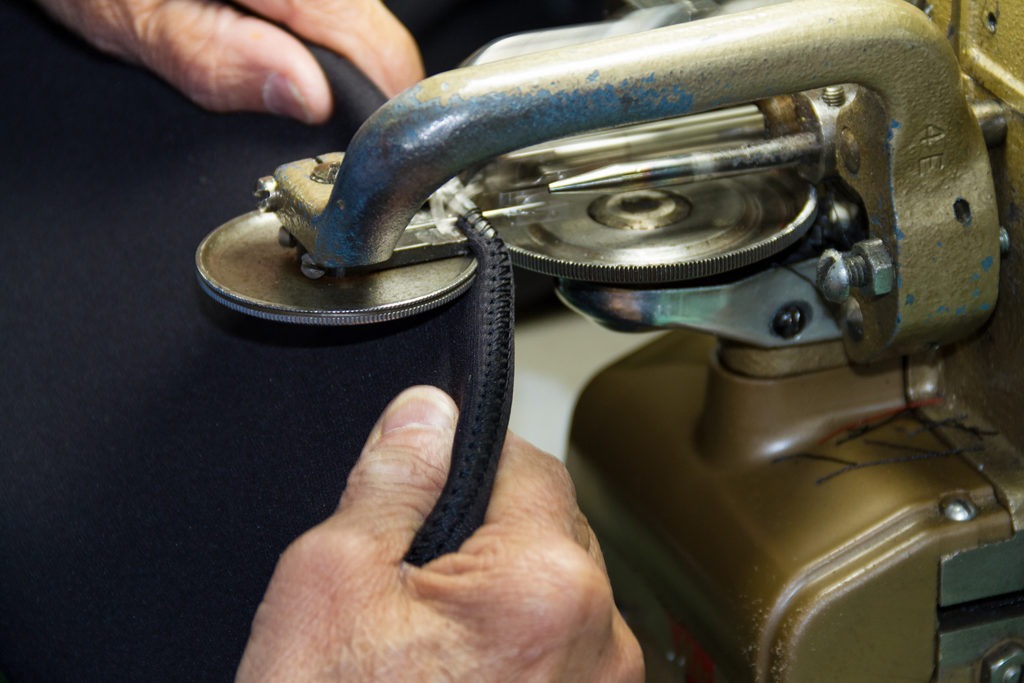
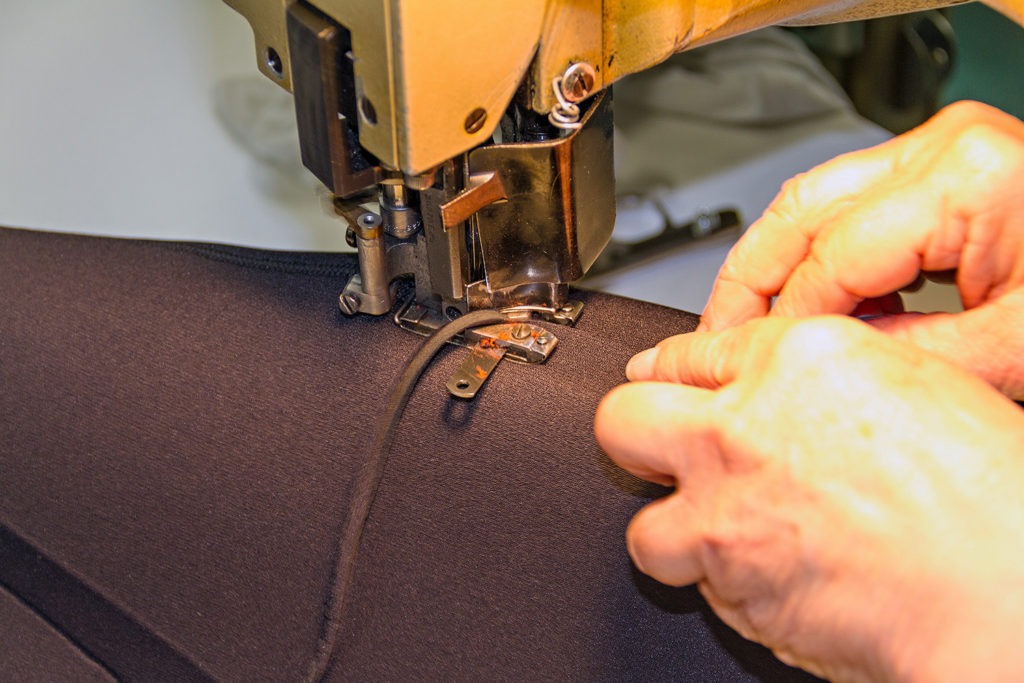
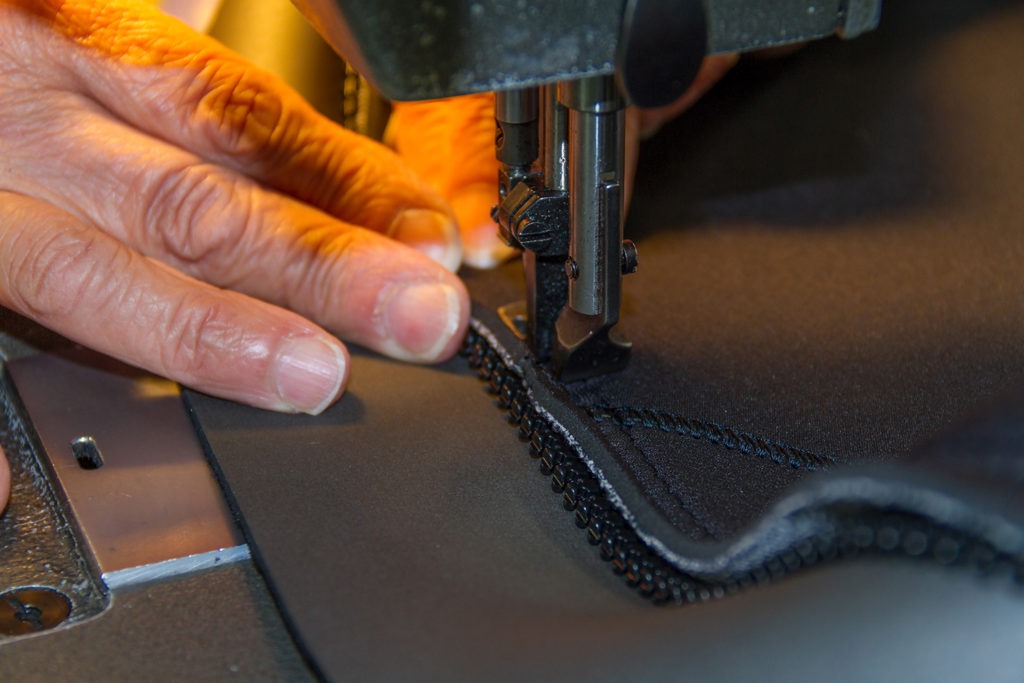
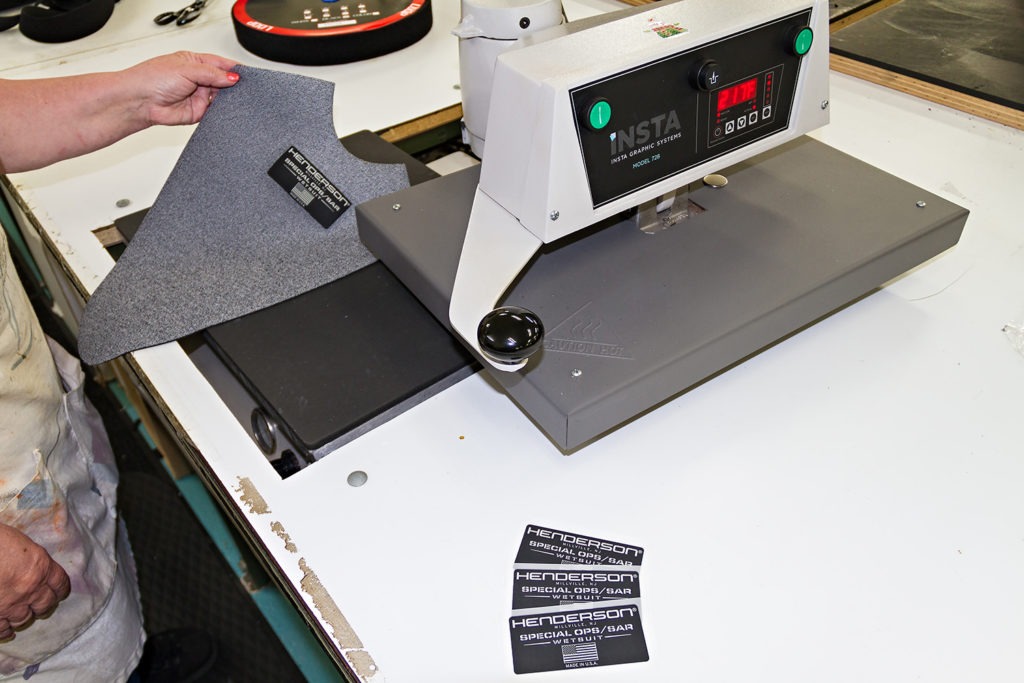

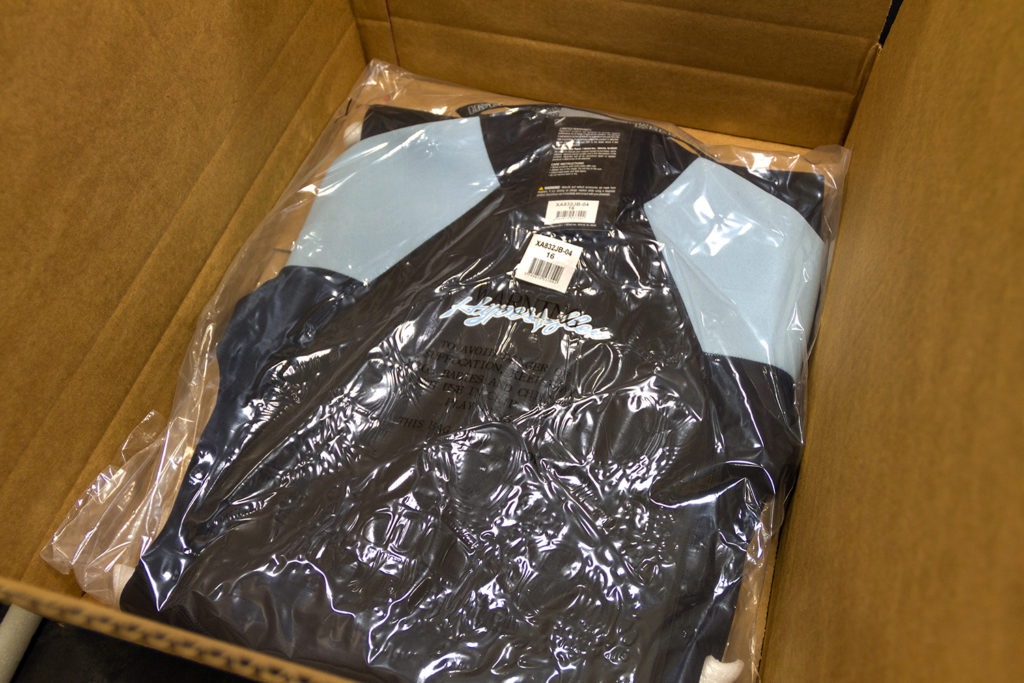
Does Henderson make the neoprene too?
No, all of the neoprene we use is manufactured to our specification by selected partners.
What’s distinct about your manufacturing process?
We have over 50 years of experience in designing and manufacturing wetsuits. Every wetsuit we sell is originally designed, patterned and tested in our USA factory. This process assures all our products will provide the same quality, fit and performance regardless if its origin.
Do you really make wetsuits in the USA?
Yes, we manufacture our Spec Ops line of products in the USA. These are suits used by Navy Seals, Special Forces, US Coast Guard and many other branches of the US Government. We also have a full repair facility. Any registered owner of any of our wetsuits brands can return a suit for repair and evaluation at any time during its useful life.
Ever make anything unique?
Henderson has a rich history in innovation in wetsuit technology. In the 1990s, legendary guitarist Jerry Garcia of “Grateful Dead” fame was an avid Scuba Diver and collaborated with us on a Garcia Signature line of Henderson wetsuits. The Garcia line included a new “Trilaminate” neutral buoyancy material developed by Henderson. We make a lot of suits for Hollywood and cable TV shows. We manufacture custom wetsuits for famous people (who will remain nameless). We also manufacture holiday themed Santa, elf, skeleton and Easter bunny wetsuits for aquariums and marine parks around the world.
Our STORMR brand is an entire line of neoprene garments used in extreme weather for use on land and in marine environments like boating and fishing.
Tell us a bit about the history of Henderson and its first wetsuit!
1960s: Henderson Aquatics was founded by business partners Everett Edmund and Patrick Madison. Both men had also been partners in the marine industry. Shortly after World War II, the US Navy concluded that it no longer required diving service and sold off its entire inventory of Mark V diving suits to Edmund and Madison as surplus. A short time later the Navy reversed its position and reinstated dive services. Several years later SCUBA diving became popular and the partners identified the need for thermal protection. “Henderson” the business and brand was soon formed and named after the Henderson boatyard located in Port Elizabeth, NJ where the original wetsuit factory was located. Early wetsuits were sold primarily to divers as a “build it yourself” kit. The kit contained a roll of neoprene, a pattern, and a bottle of neoprene cement. As more divers opted not to construct their own suits, Henderson began producing and shipping ready-made suits to its customers.
1970s: In 1974 a glue pot in the factory caught fire and the Henderson factory burnt to the ground. Everett’s son Allan joined the company shortly after the fire to help rebuild Henderson and recover from the disaster. Everett Edmund patented the original zip on wetsuit which became standard issue by the US Navy and US Coast Guard.
1980s: The company which was now under Allan Edmund’s direction expanded its product range and focused on innovation and design. The company was the first to recognize women in diving by creating a full line of suits that offered color and style and soon appeared in the pages of magazines such as Elle and Cosmo. Wetsuits were now viewed for style and fashion and no longer just function.
1990s: During the 1990’s Henderson expanded into markets outside the Sport Diving market, producing its first line of surfing wetsuits called “Surf East”. Surf East sponsored legendary surfers Baron Knowlton, Todd Holland and Peter Pan. Henderson also produced the first wetsuit used for Triathlon competition in 1990. The suits were called Speedsuits and sold under the Triumph brand name. Henderson further expanded its brands to include NeoSport a value line of thermal protection products.
2000s: Henderson greeted the new millennium with continued product innovation. Henderson introduced Gold Core Technology (ultra-warm skin -in wetsuit), Hyperstretch (the first ultra-stretch wetsuit), Microprene (.5mm wetsuits), Insta Dry (the first wetsuit that dried inside and out in minutes). Hyperflex emerged in early 2002 with a renewed focus on the surf wetsuit market.
Today: Henderson’s continued expansion and innovation continues to propel its brands into the future. Henderson, Hyperflex and NeoSport are now part of the Henderson Sport Group. This group of brands remains focused on Thermal protection and innovation and development of neoprene products. The Henderson Sport Group is based in Millville, NJ just a few miles from the original Henderson Boatyard where the company was founded. The company’s brands are distributed worldwide and remains focused on style, performance and product innovation.
What’s up with the Henderson 10-year warranty?
Henderson wetsuits are backed by the most comprehensive consumer warranty in the business. With over 50 years of experience in designing and manufacturing wetsuits, Henderson has earned a superior reputation for quality and performance. Every Henderson wetsuit is originally designed, patterned and “fit proofed” at our USA factory. This process ensures Henderson products will provide the same quality, fit and performance regardless of its origin. Customer experience and customer service are our first priorities. We understand that there are many choices for you to consider, and Henderson wants to make certain that every wetsuit that bears our logo provides the confidence and trust our customer has come to expect from Henderson dive wear.
Henderson neoprene wetsuits that have been registered by their owners at Henderson are warranted for up to 10 years as follows:
- 10 years (zipper)
- 5 years (on all material and workmanship with the exception of damage due to chlorine, sunlight or compression)
- 1 year “Head to Toe” (except for wetsuits that have been lost, stolen or damaged in use)
- This warranty is nontransferable
And there you have it – all the details that answer how are wetsuits made straight from the sources at Henderson!


